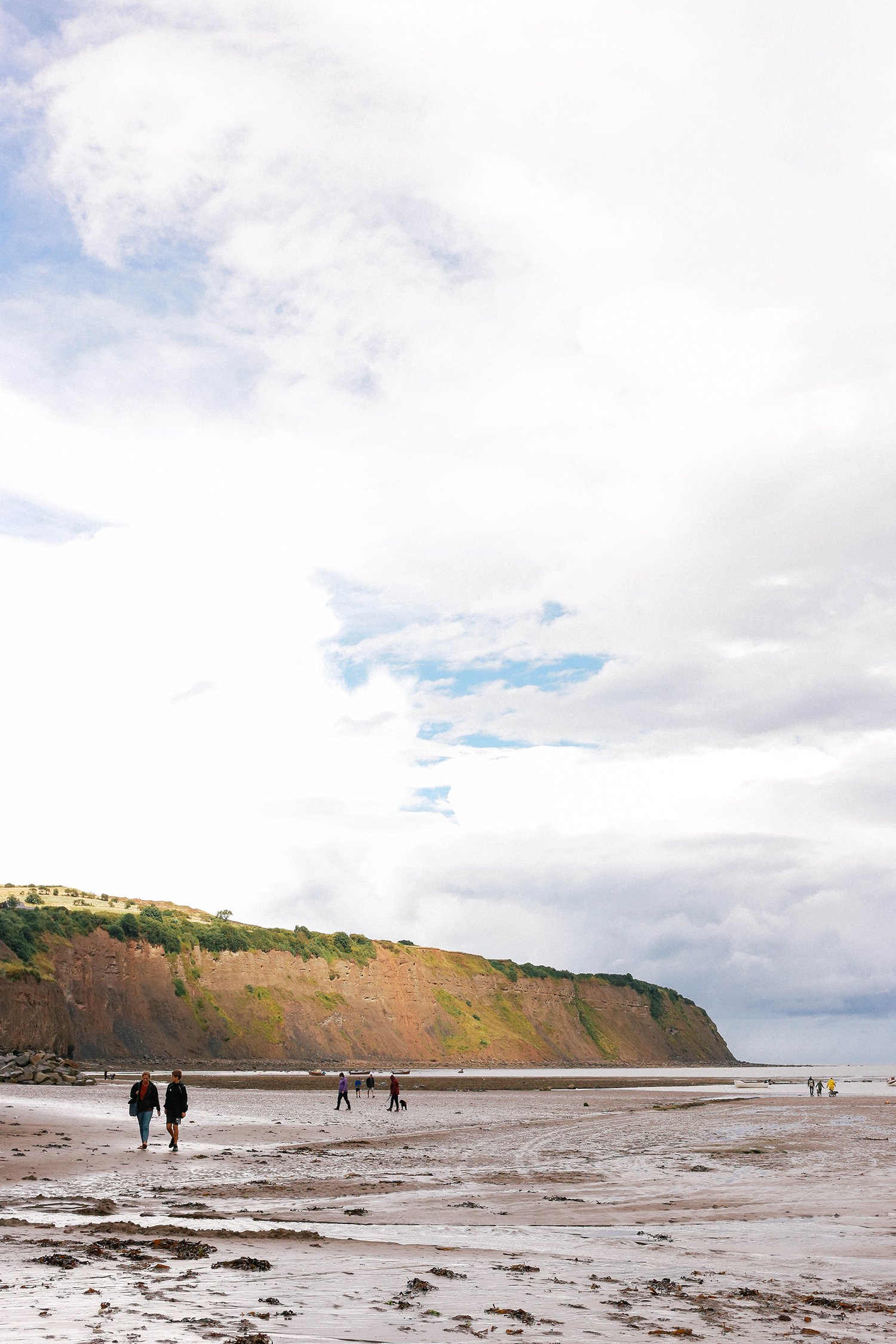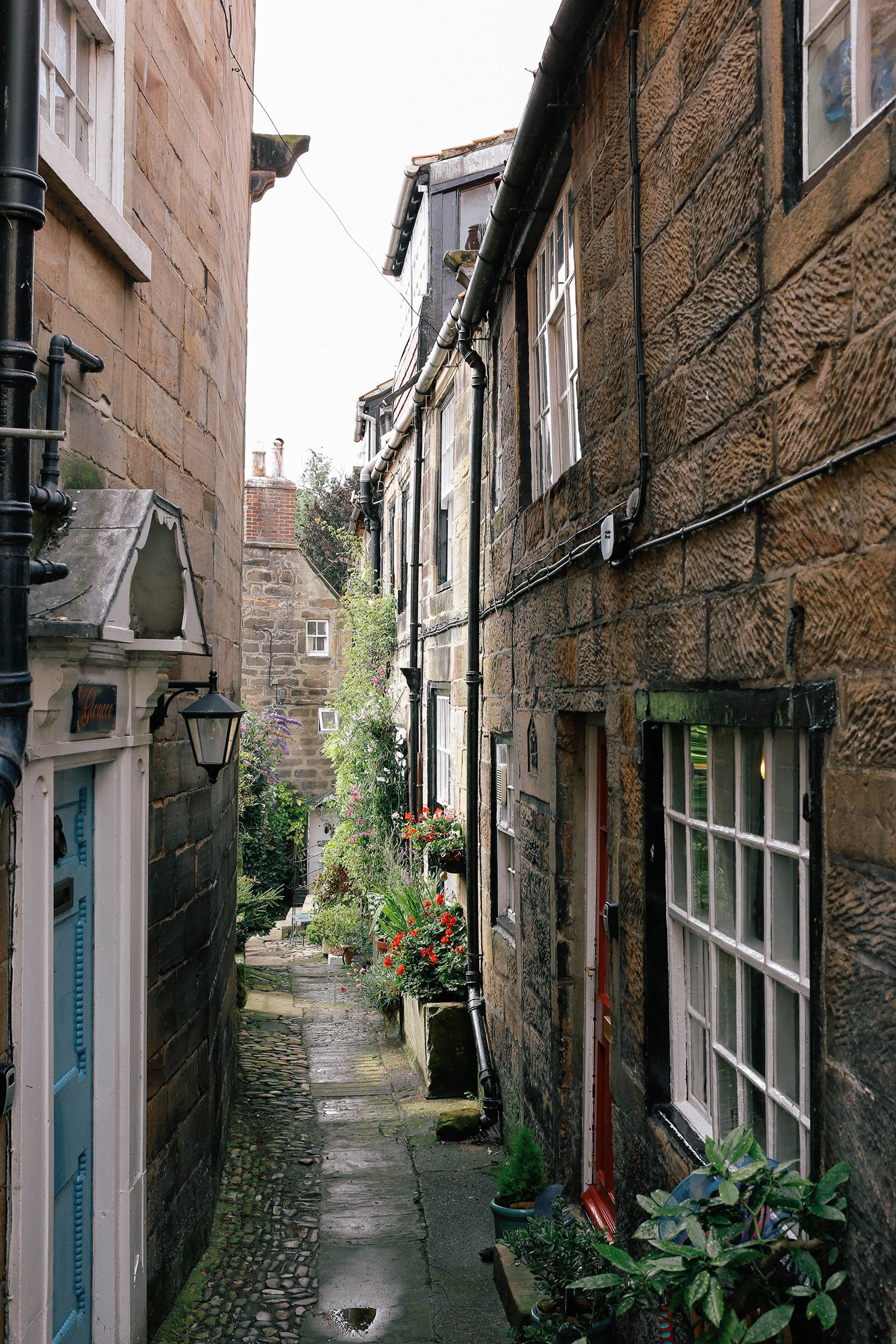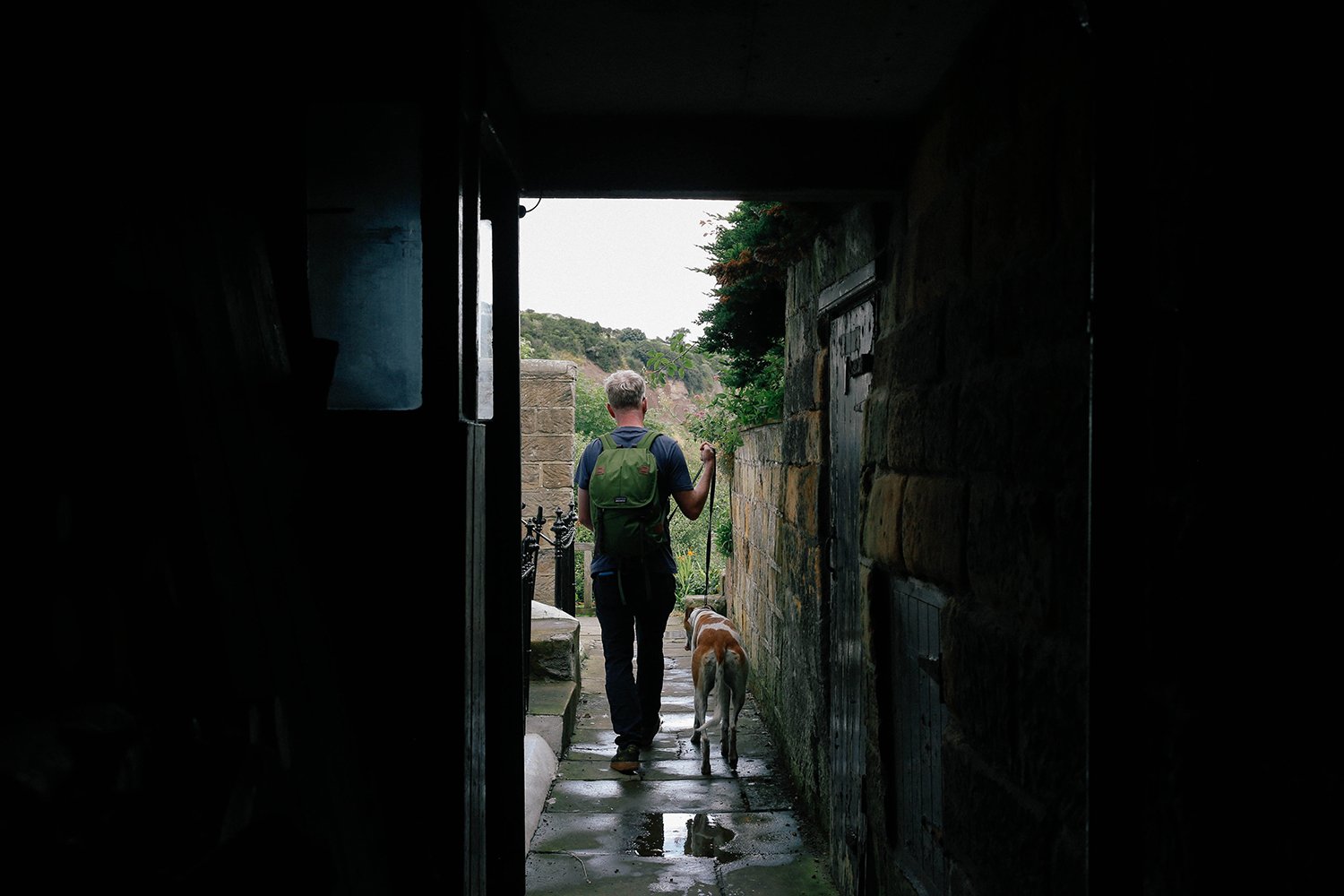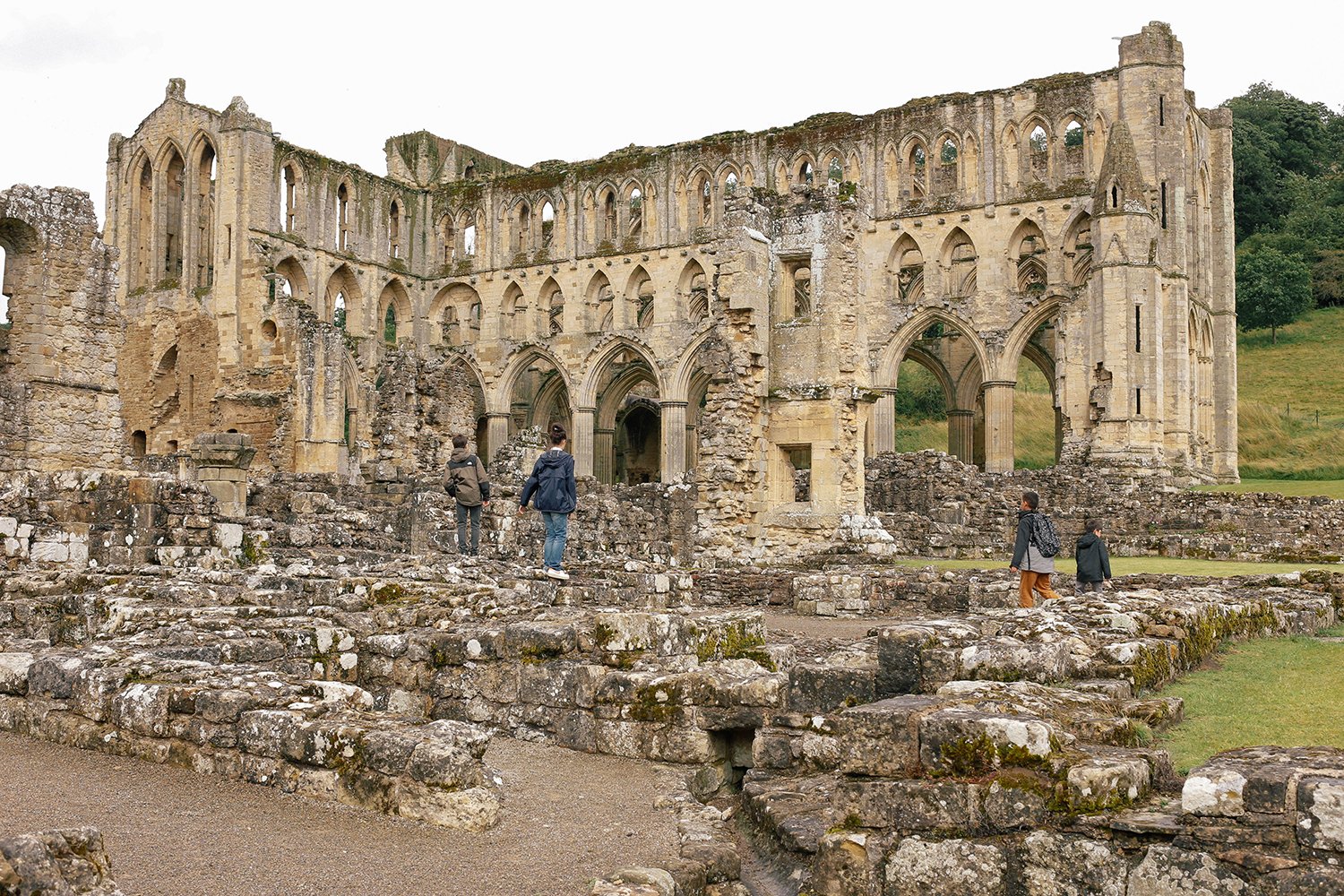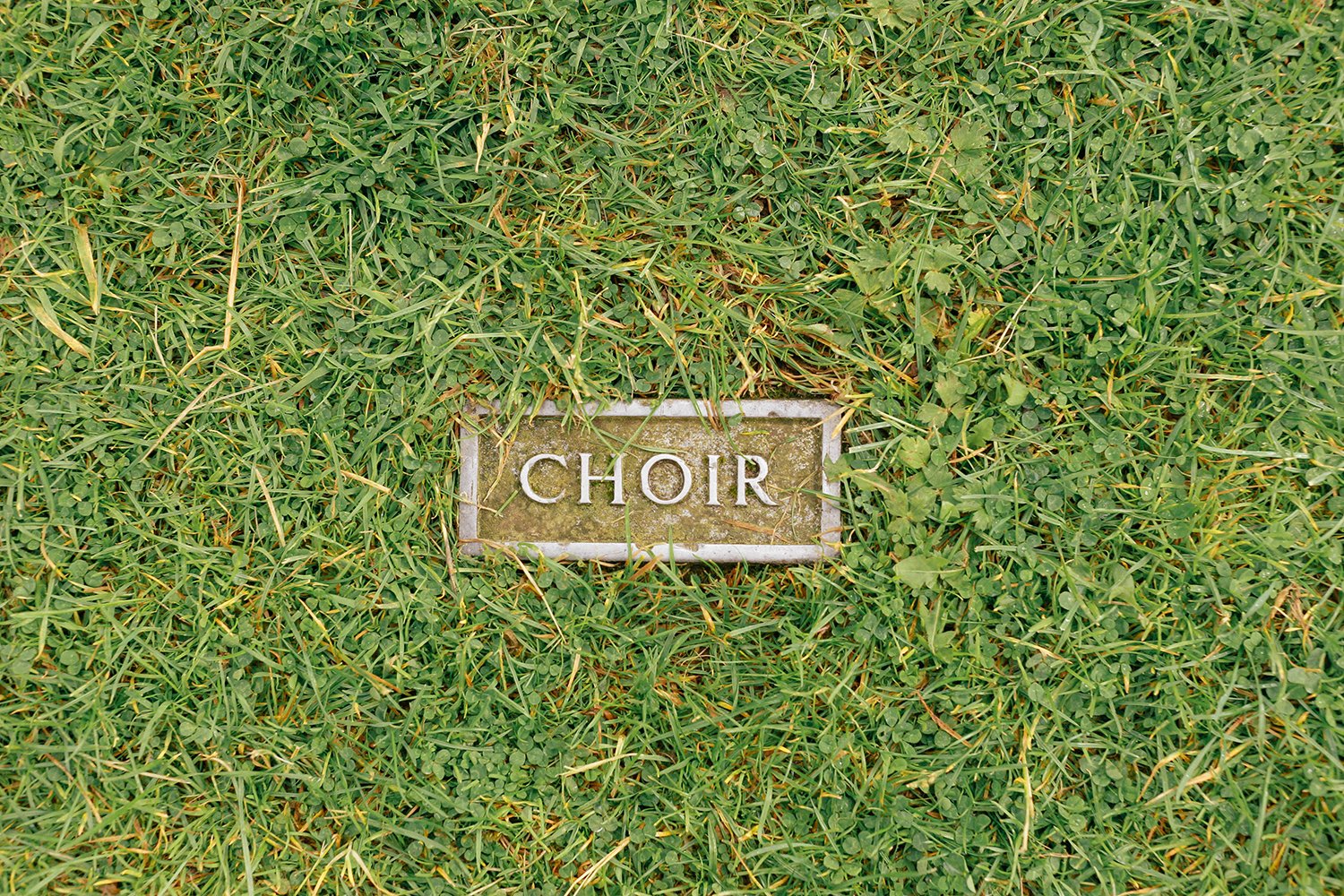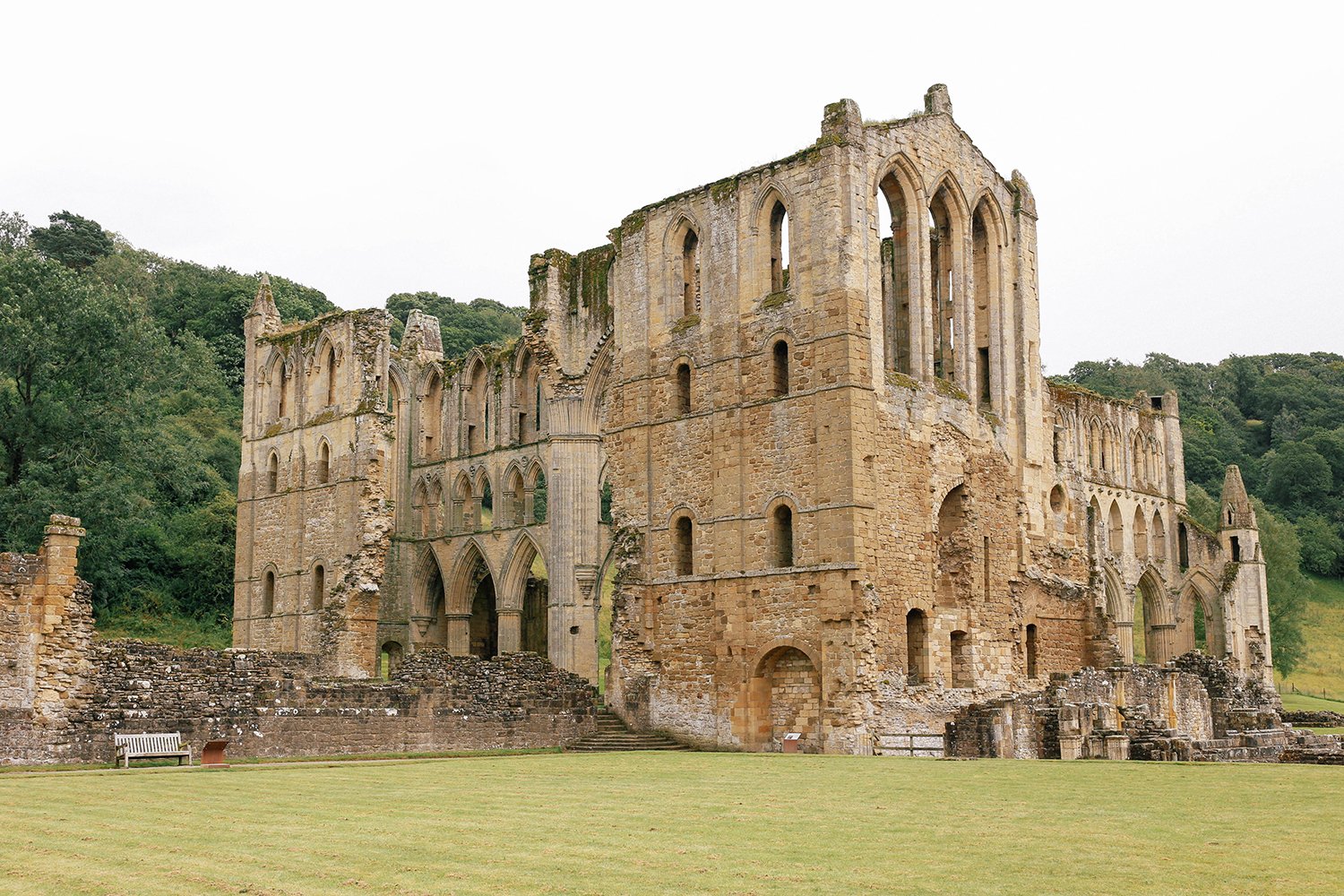Camera walking in Gamla Stan
Back in October I went to Stockholm for a few days to see my family, who I hadn’t seen for over 2 & 1/2 years. I’m never that keen on going back, not because of seeing family, but because Stockholm and I just don’t get along. There’s definitely a reason why I moved abroad, and every time I go back I get reminded why I was so happy to leave. It was just a really bad fit in the end. But this trip was better than usual, as I got my priorities right. Usually seeing my family is like a by-product of me going there, but this time they were the only ones I saw. Call it Covid Clarity - the realisation of what and who is important in your life. Anyway, one Saturday morning, me and my sister H went for a walk in the Gamla Stan (Old Town) neighbourhood, which used to be the capital back in medieval times. Most of the medieval streets are buried under the cobblestones, and the houses that are there now were mainly built in the 16 and 1700’s. Look how narrow this street is! I’m guessing you don’t get much daylight in these buildings.
About 3000 people still live there, in houses like this, mainly divided into flats. Jammy sods. Might get an Airb’n’b there one day, but I bet they’re pricey - and tiny… I never really paid attention to Gamla Stan as I was growing up, but from now on I think I’ll try and always make sure that I go here for a walk and a nosey.
Back in my teens this was my impression of it - Västerlånggatan, the main street, the touristy naff street (but hey, I’m a tourist now too innit). The street always full of people. This trip was my first abroad since Covid, and being there was quite nerve-wracking as, compared to the UK at the time, there were no restrictions to speak of. I insisted on wearing a face mask indoors, especially on the tube, and tight crowded places like this made me nervous. Wearing a face mask in Sweden generally meant that you had Covid - so I was grateful for people keeping their distance from me, haha!
Best to stick with the quiet residential streets instead, eh?
Thought this looked sweet; two climbers holding hands.
Not so sweet was this sight of a dog, looking like it was stuck to the wall.
There were however lots of cool details that caught my eye, like this door knocker,
this sign,
this small half circle of a garden,
a funkis house number, against a great colour palette,
a shoe mender’s sign
and an optician’s.
Lots of different architectural styles - and colours too. The pale orange house was built in 1520. Crazy.
I also liked the contrasting quoins on the corner of this pale red building. But the I guess quoins usually are.
You don’t get buildings in these colours here. We really could do with more colourful apartment blocks against our grey skies too.
Hej, it’s me, Squinty McSquintface! L8er Gamla Stan. I’ll be back.

































